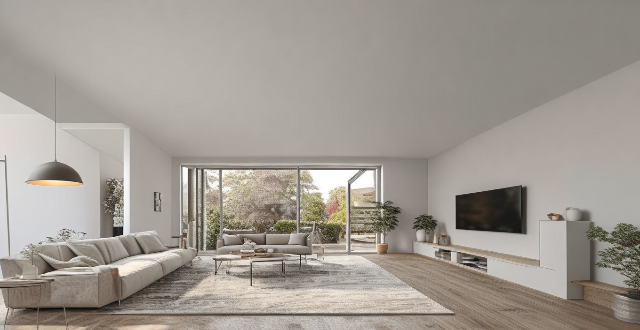Car interior design has evolved significantly over the years, with a focus on comfort, functionality, and aesthetics. The latest trends in car interior design include minimalist design, high-tech features, sustainable materials, personalization options, and ergonomic design. These trends showcase how car interior design is evolving to meet the changing needs and preferences of consumers while also addressing environmental concerns and technological advancements.

Latest Trends in Car Interior Design
Car interior design has evolved significantly over the years, with a focus on comfort, functionality, and aesthetics. Here are some of the latest trends in car interior design:
1. Minimalist Design
Minimalism is becoming increasingly popular in car interior design. This trend involves using clean lines, simple shapes, and a limited color palette to create a sleek and modern look. The goal is to reduce visual clutter and create a calming environment for the driver and passengers.
Key Features:
- Simplified dashboard layouts with fewer buttons and knobs
- Uncluttered surfaces with hidden storage compartments
- Neutral color schemes with occasional pops of color for accents
2. High-Tech Features
Advancements in technology have led to the integration of high-tech features in car interiors. These features aim to enhance the driving experience and provide convenience to the driver and passengers.
Key Features:
- Touchscreen infotainment systems with smartphone connectivity
- Digital instrument clusters that can be customized to display relevant information
- Voice recognition systems for hands-free control of various functions
- Augmented reality head-up displays (AR HUDs) that project important information onto the windshield
3. Sustainable Materials
As consumers become more environmentally conscious, automakers are incorporating sustainable materials into their interior designs. These materials not only reduce the car's carbon footprint but also add unique textures and visual interest to the cabin.
Key Features:
- Recycled plastics and fabrics used for upholstery and trim pieces
- Natural fibers like wool, hemp, and bamboo for eco-friendly carpeting and seating options
- Leather alternatives made from plant-based materials or synthetic leathers that mimic the look and feel of genuine leather without harming animals
4. Personalization Options
Personalization is another trend that is gaining momentum in car interior design. Manufacturers are offering more customizable options to allow drivers to make their vehicles reflect their personal style and preferences.
Key Features:
- Customizable lighting systems with multiple color options and intensity settings
- Interchangeable trim pieces and upholstery options to change the look of the interior
- Personalized engraving or embroidery services for added luxury and exclusivity
5. Ergonomic Design
Ergonomics play a crucial role in car interior design, as they directly impact the driver's comfort and safety. Automakers are focusing on creating ergonomically designed interiors that cater to the needs of both tall and short individuals, as well as those with disabilities.
Key Features:
- Adjustable seats and steering wheels for optimal driving position
- Easy-to-reach controls and storage spaces
- Accessibility features like wide door openings, low floor heights, and hand controls for disabled drivers
In conclusion, these trends showcase how car interior design is evolving to meet the changing needs and preferences of consumers while also addressing environmental concerns and technological advancements. As we move forward, it will be exciting to see how these trends continue to shape the future of car interior design.